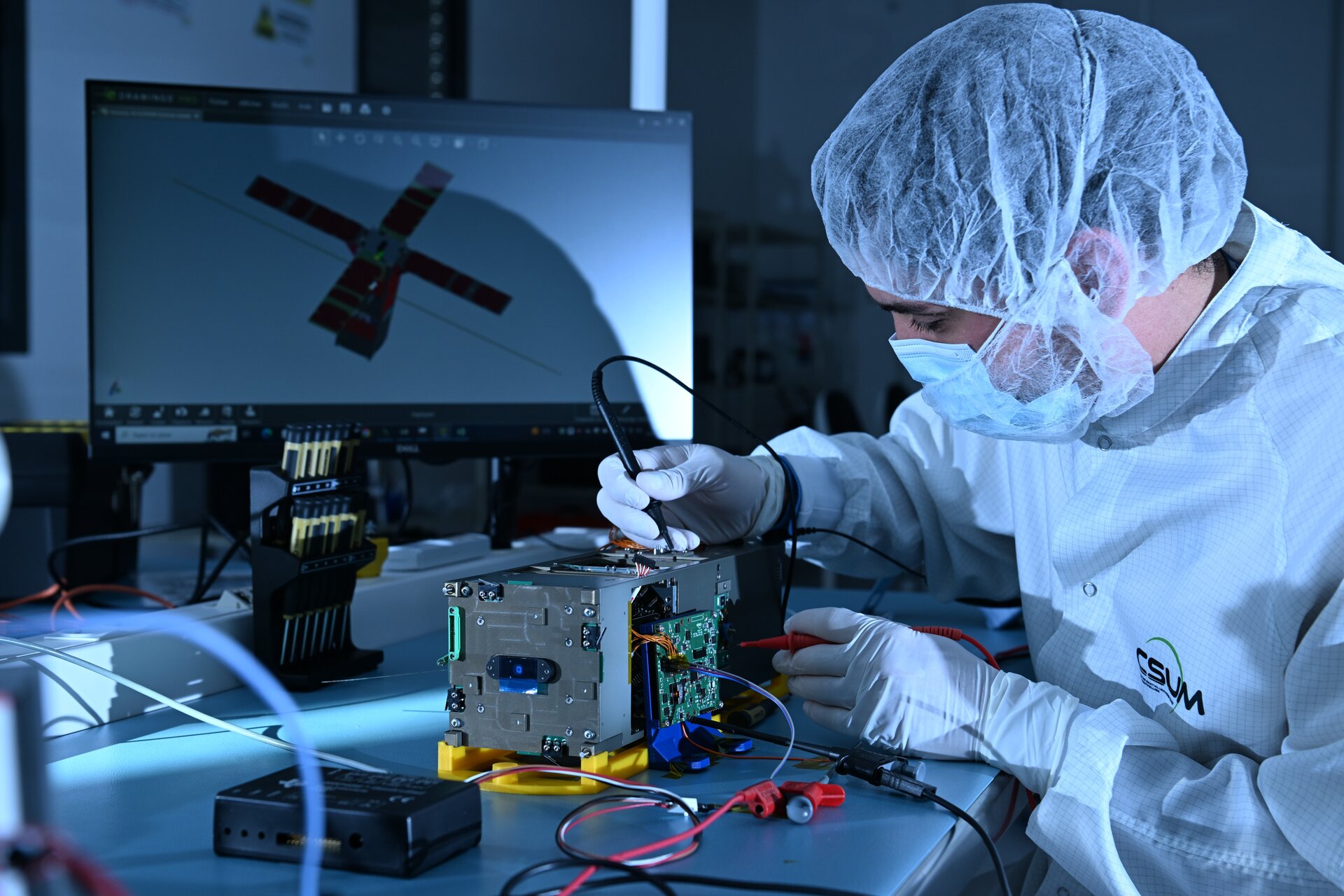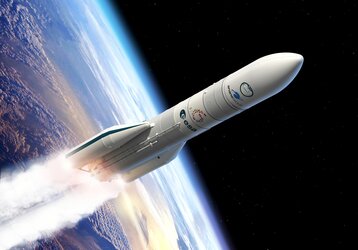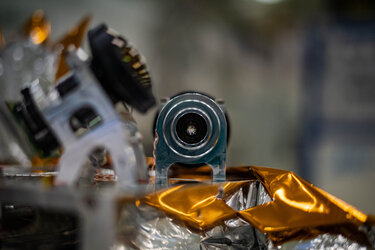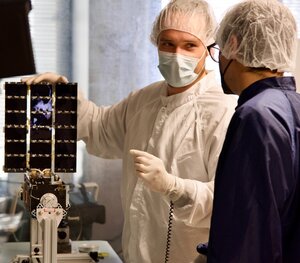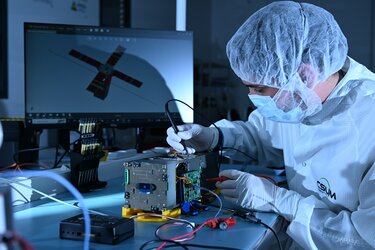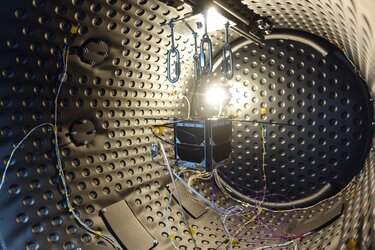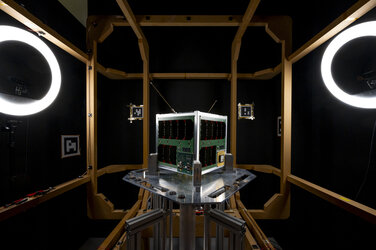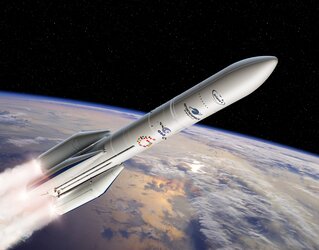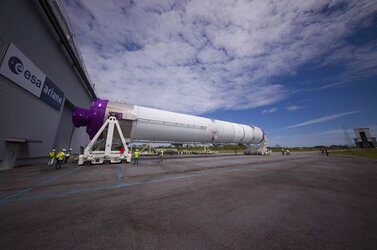Ariane 6 launches: Robusta-3A for weather and radiation
Europe’s newest rocket soon launches, taking with it many space missions each with a unique objective, destination and team at home, cheering them on. Whether into Earth orbit to look back and study Earth, peer out to deep space or test important new technologies, Ariane 6’s first flight will showcase the versatility and flexibility of this impressive, heavy-lift launcher. Read on for all about Robusta-3A, then see who else is flying first.
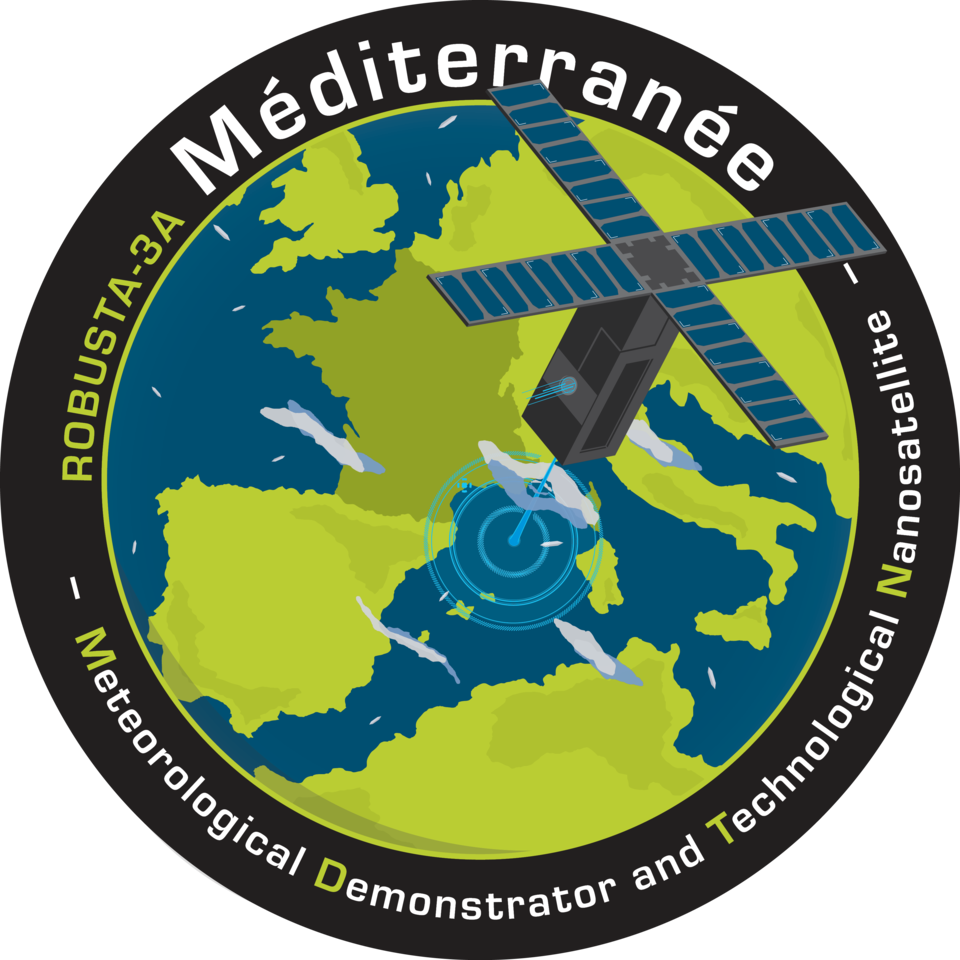
Extreme weather, including flooding, is becoming more frequent as climate change takes its toll on the planet. One of the many regions to be hit by floods in recent years is the south of France, with heavy rainfalls caused in part by humidity above the Mediterranean Sea.
The Robusta-3A satellite, launching on Ariane 6’s first mission, is set to fly 580 km over our planet to help quantify the accumulation of water vapour over the Mediterranean Sea and improve the forecast of severe rain leading to flooding.
Robusta-3A is a 30-cm CubeSat from the University Space Center of Montpellier in France. It will gather reflected signals from navigation satellites such as from Europe’s Galileo constellation that are bounced off water into the air. The data gathered by Robusta-3A from space is compared to data collected from navigation receivers on ships in the Mediterranean Sea, and the differences between the two will allow researchers at Météo-France to form a better understanding of the process behind how water vapour forms flash floods.
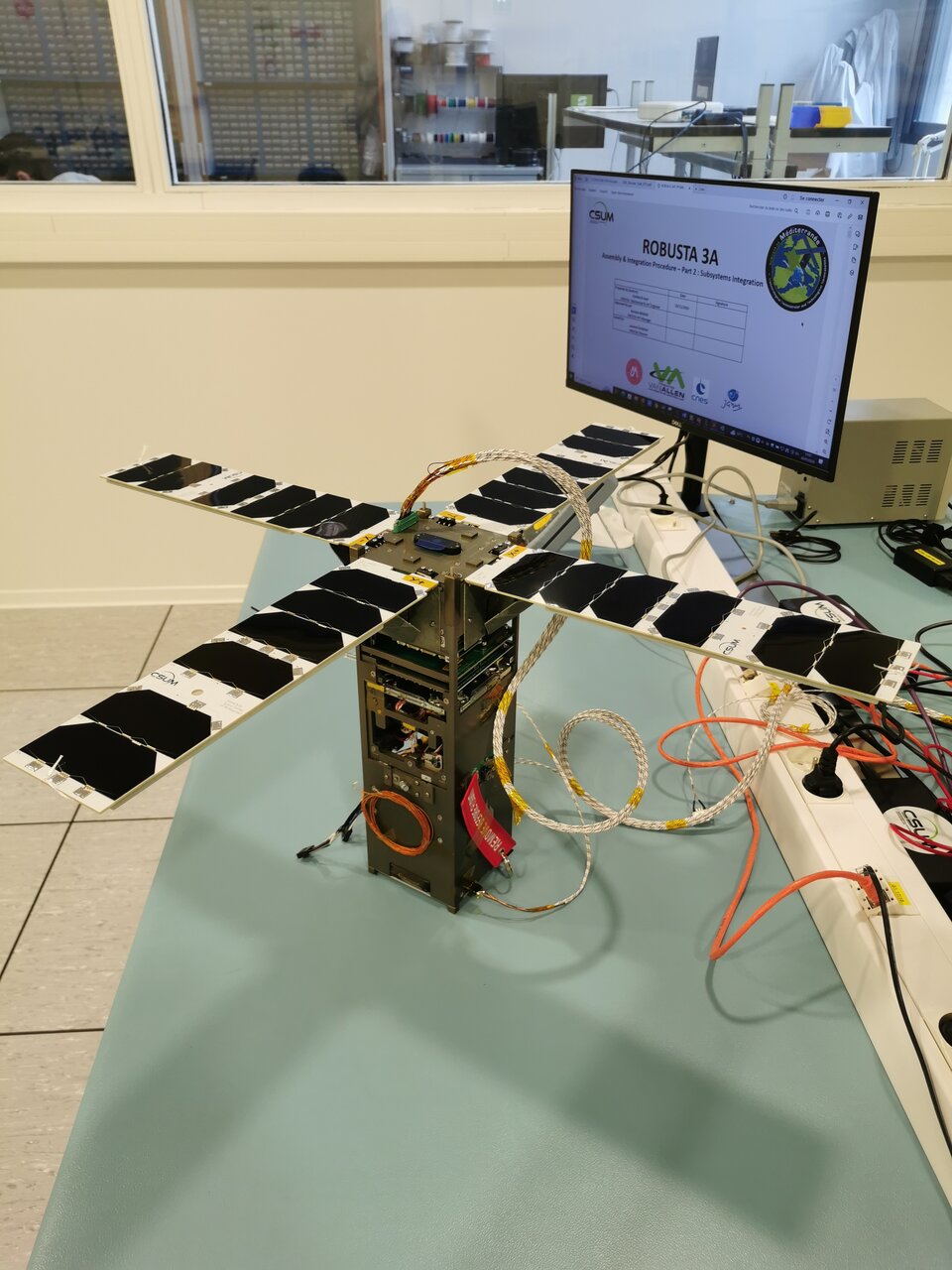
Sudden thunderstorms and flash floods specific to the Cévennes region, known as ‘cévenol’ events, are a constant menace in the south of France.
“If the data we will be collecting improves the geographic and temporal accuracy of weather forecasts for cévenol events, it would help authorities give early warning to the population and allow rescue services to better target the areas at risk,” explains Romain Briand, assembly integration and testing manager at the University Space Center of Montpellier.
Robust radiation bonus
Despite being just the size of a shoebox, Robusta-3A aims to do even more than chart water vapour from space. As an extra mission, the CubeSat will test how computer memory from chip manufacturer 3D PLUS withstands the radiation of space. This French company specialises in highly-reliable electronic components and their computer memory recently landed on the Moon as part of the India’s Chandrayaan-3 lander.
Made in Montpellier
Over a decade in development, involving around 300 students from the University of Montpellier and all over the world, Robusta-3A will be its seventh satellite developed entirely in-house, having learnt much from the development and launch of smaller Robusta-1U satellites. The project has offered hands-on training, engineering and scientific experience to the next generation of space engineers and researchers.
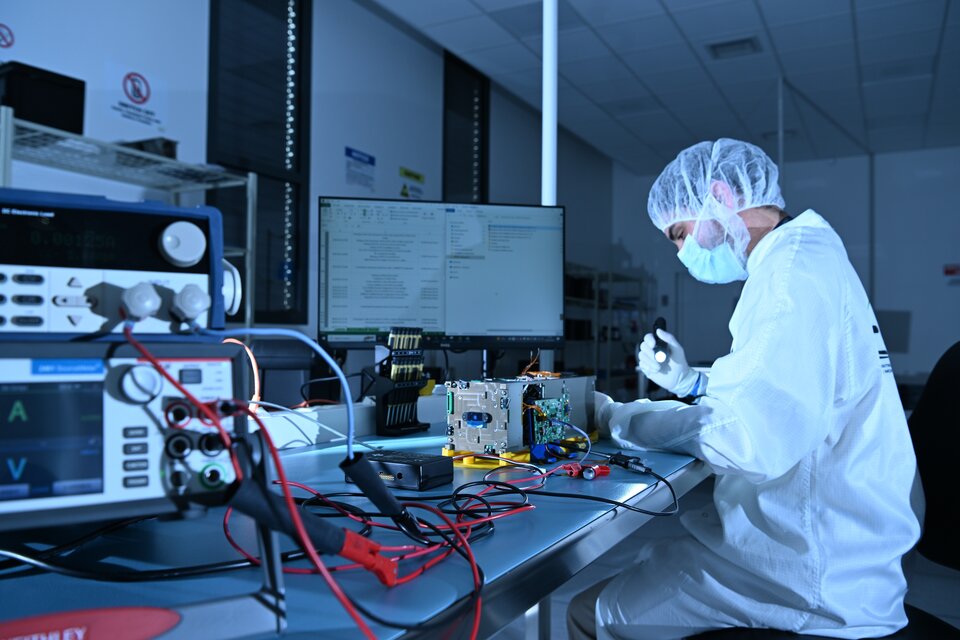
"It is a real pleasure and above all with great pride that we work on Robusta-3A. This project has inspired us to take on technological and human challenges, which makes the successes achieved so far even more beautiful and rewarding,” says Romain Briand, “We are very proud as well to launch on the first Ariane 6 flight, which will be followed with great interest by all space enthusiasts."
"Being a part of the Robusta-3A project has been a tremendous challenge and incredibly enriching,” adds Sara Vega Martinez, Electrical Power System Engineer, “I am thrilled and grateful for the opportunity to launch on the Ariane 6 rocket. This experience has been an unparalleled source of learning and achievements."
The meteorological payload for Robusta-3A was developed in collaboration with France’s meteorological service Météo-France, France’s geographical society IGN, French engineering school and research institute Ensta Bretagne and the port of Sète. Two research labs helped develop the radiation testing payload, Laboratoire d’Informatique, de Robotique et de Microélectronique de Montpellier and the Institut d'Electronique et des Systèmes.
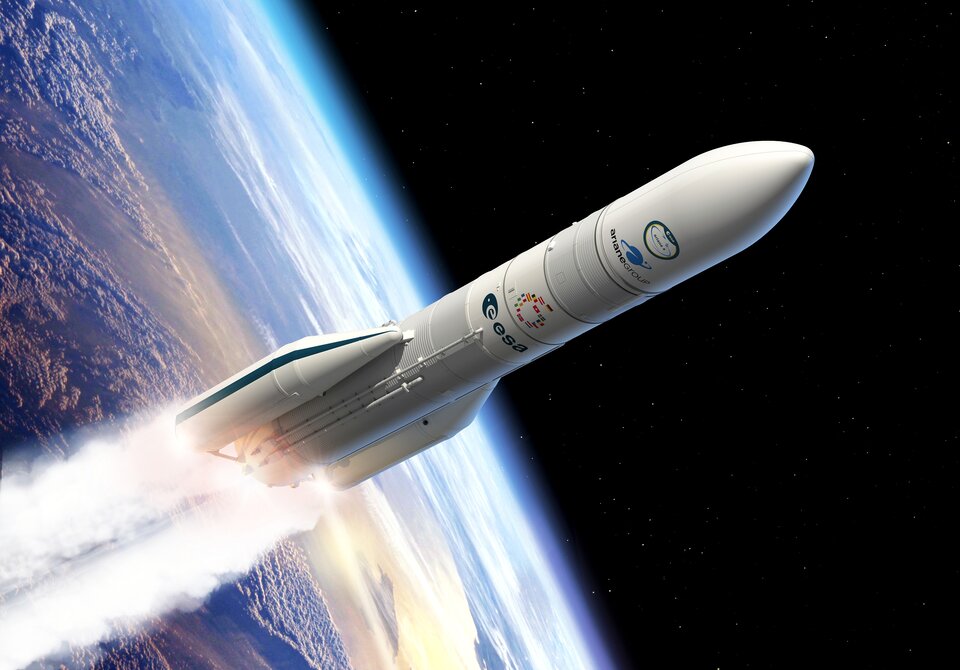
Ariane 6 has been designed for all possible futures. At its core is maximum versatility. It can put any satellite or payload into any orbital path. This is made possible with the new restartable Vinci engine that will power up the Ariane 6 upper stage again and again, stopping and starting to insert missions into any orbit they need to be. It will save enough fuel for a final burn to deorbit and reenter safely back through Earth’s atmosphere, or reorbit into a nearby ‘graveyard orbit’.


